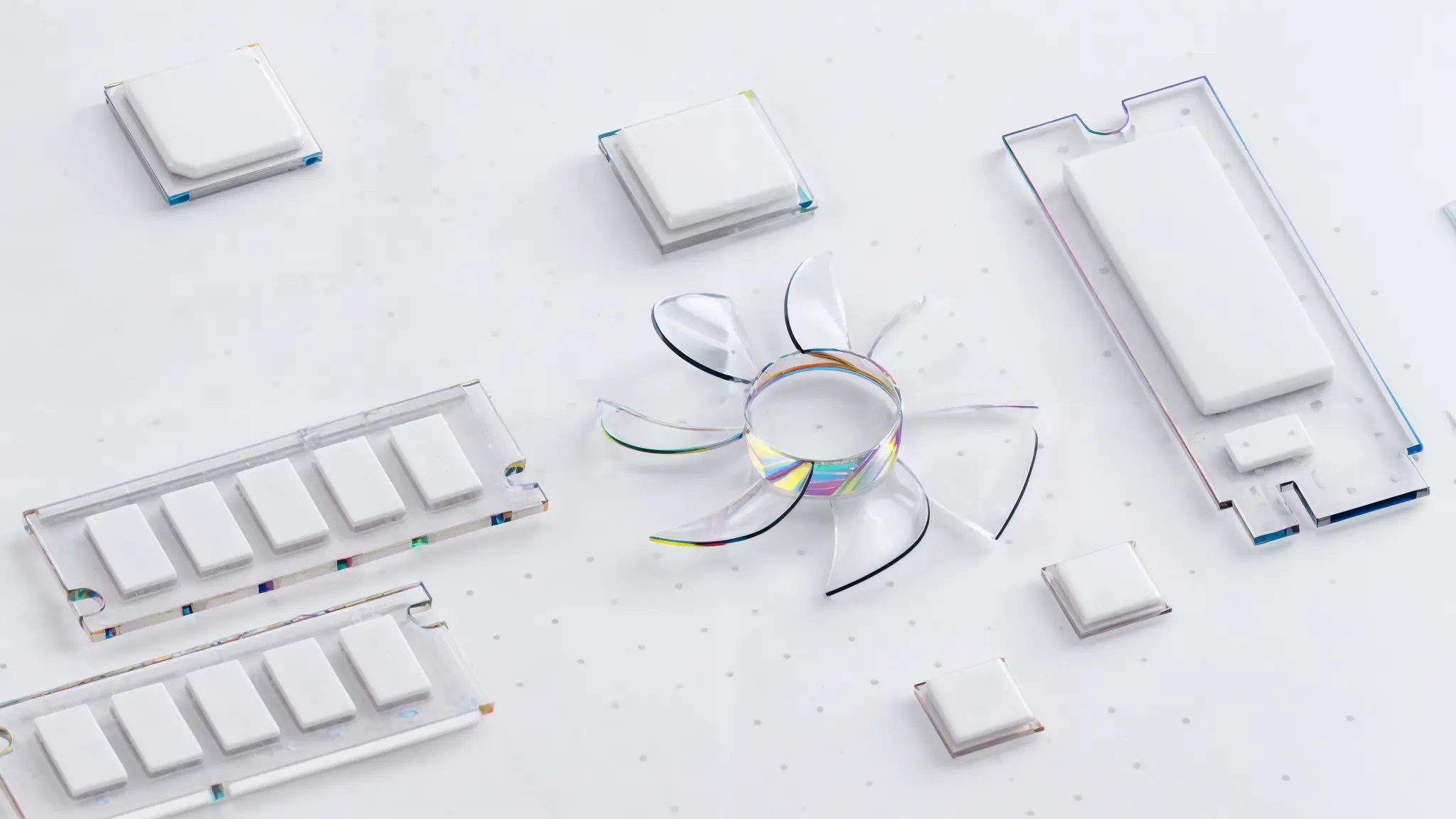Blender Sky Texture
Blender already comes with 3 different sky textures called Preetham, Hosek and Nishita.
Nishita was implemented in 2020, which makes it the newest Sky Texture Model. It is also the most advanced and the one that gives the best results in my experience.
It is definitely possible, to achieve good results with the integrated sky textures. Also, a really important point is that they have a lot of settings that are even animatable. The problem is that they look too clean, and clouds are completely missing, which make them look less realistic.

How to use the Sky Textures in Blender
In the Properties Panel, open the World Panel to unfold the Surface Menu, and by clicking on the yellow point, open the available textures and select Sky Textures.

If you want to learn more about the settings, that the Nishita Sky Texture offers, take a look at the official Sky Texture Node Documentation of the Blender Foundation.
Adding Clouds to a Sky texture
You can bring in more details, by just adding clouds as an object in your scene.

The render results with this technique are very good; the only downside I see is that it requires a lot of light bounces within the scene, which increases render times.
I already prepared a file with cloud, basically a cube with a material on it, which you can download here.
You can use it with the CC0 License, which means I don’t really care what you do with it.
Physical Starlight And Atmosphere (PSA)
Physical Starlight And Atmosphere is an Add-on for Blender, which combines the best of both worlds.
It is procedural. Which means, that it is flexible and can be edited to the needs, as well as requiring less memory and therefore less time to render. And it also has the complexity through cloud, star, and atmosphere settings to make images look realistic.

It also allows you, to make something completely different, like the sky I created for this commercial, which I also created in PSA.
The only downside is, that it is not free. But with a price of $5 to $58 for a single user, I think it is fair priced. PSA definitely a recommendation if you want the best solution.
HDRI Image
Using an image as a sky gives you the benefit of more realism since it can be a real photo.
But it comes at the cost of having less flexibility, since you can’t animate specific parameters such as daytime altitude and so on.
It can also increase your render time in case you are using a big texture as HDRI.
I already have an article about HDRIs in Blender, so if you want to know more about that technique, take a look at it.

Dynamic Sky
Dynamic Sky is an add-on that is already integrated within Blender. And it also comes with clouds, which makes it a bit more realistic compared to the normal sky textures of Blender.
But in comparison with PSA, it is just on another level, and I don’t really like the renders I created with it.

How to use Dynamic Sky
In the 3D view, hit N on the keyboard to open the menu on the right site, of which I don’t know how it is called. And in the Tab Create you will find the Dynamic Sky Add-on where you have to click the Button Create.
And absolutely nothing will happen.

